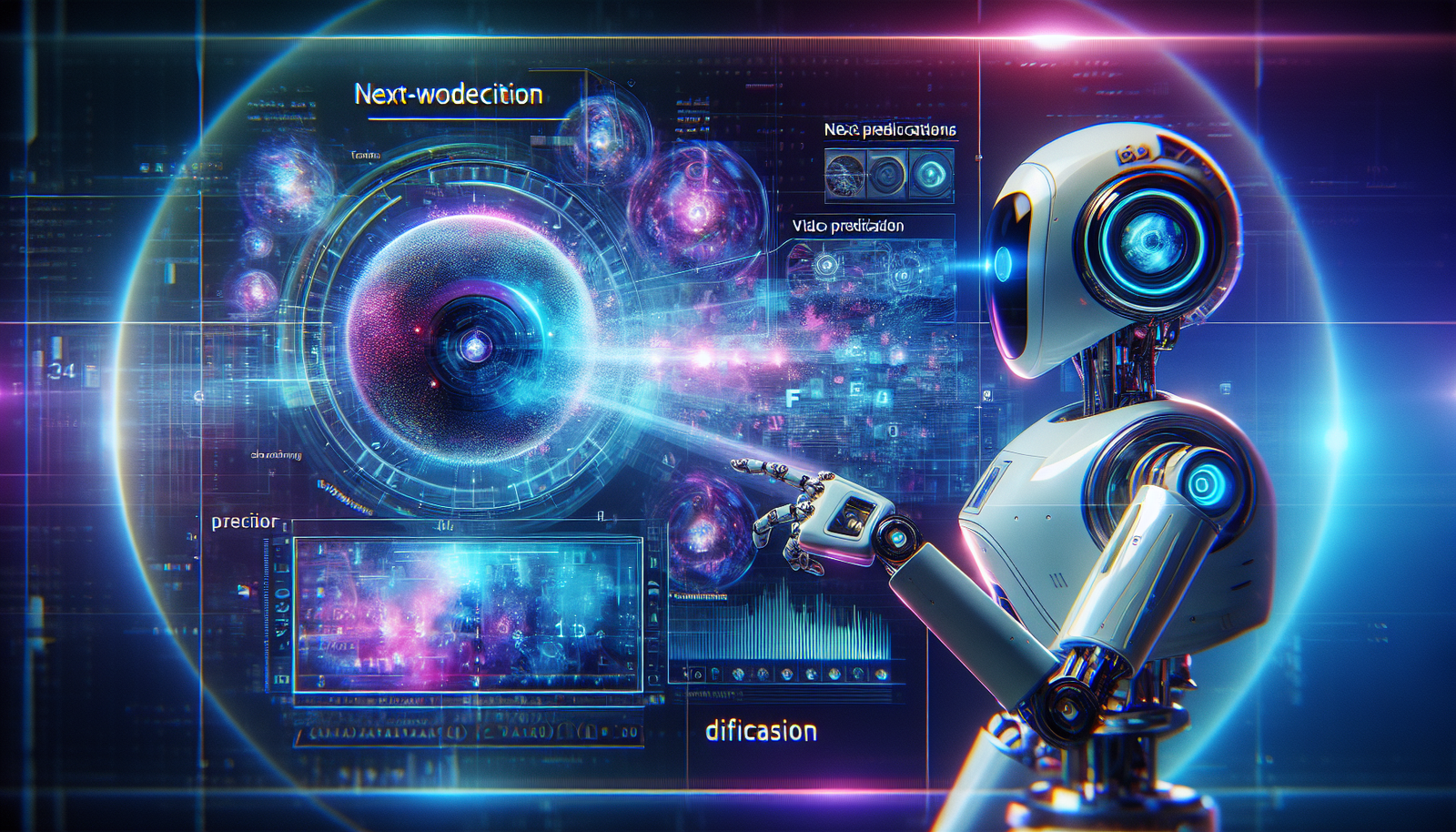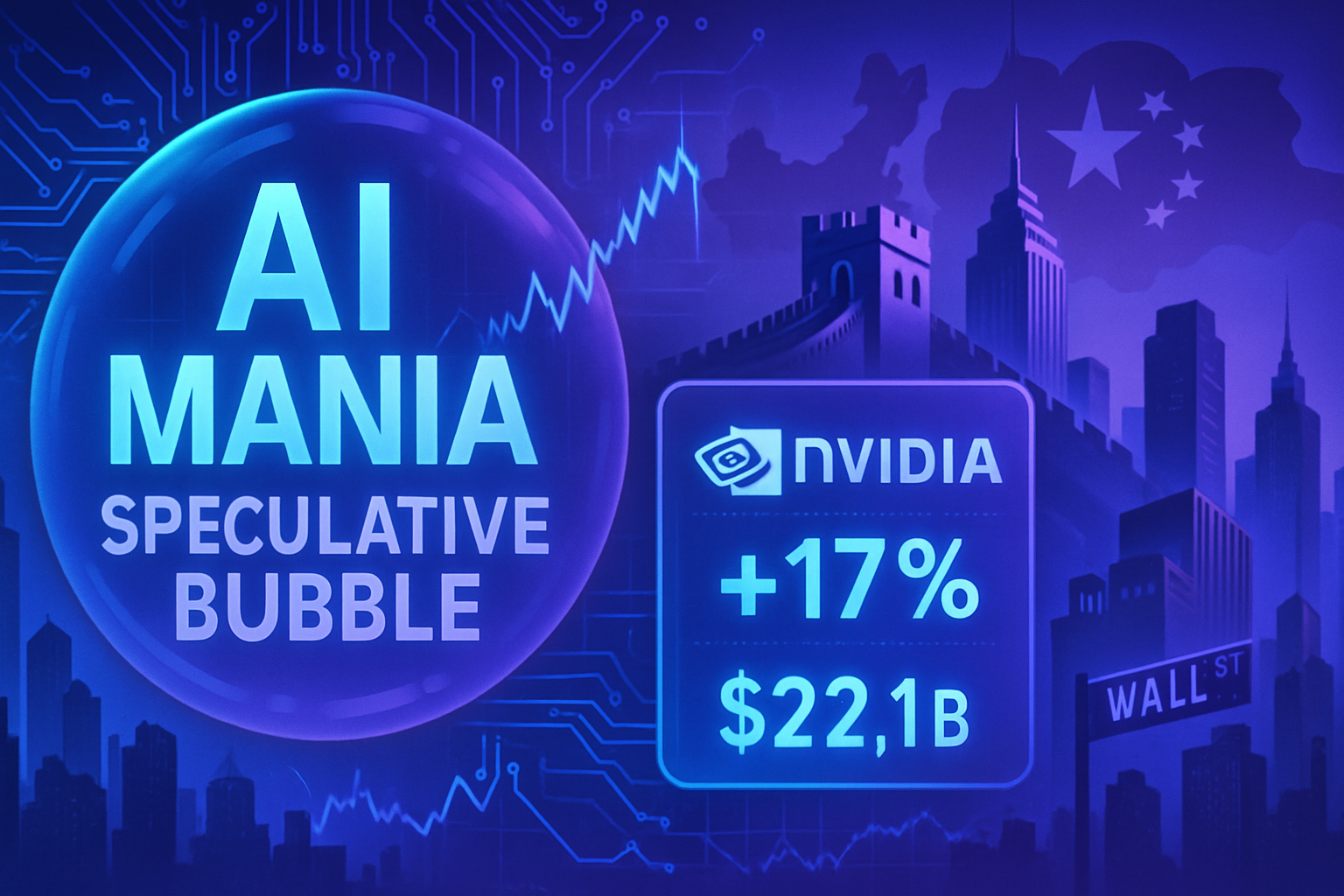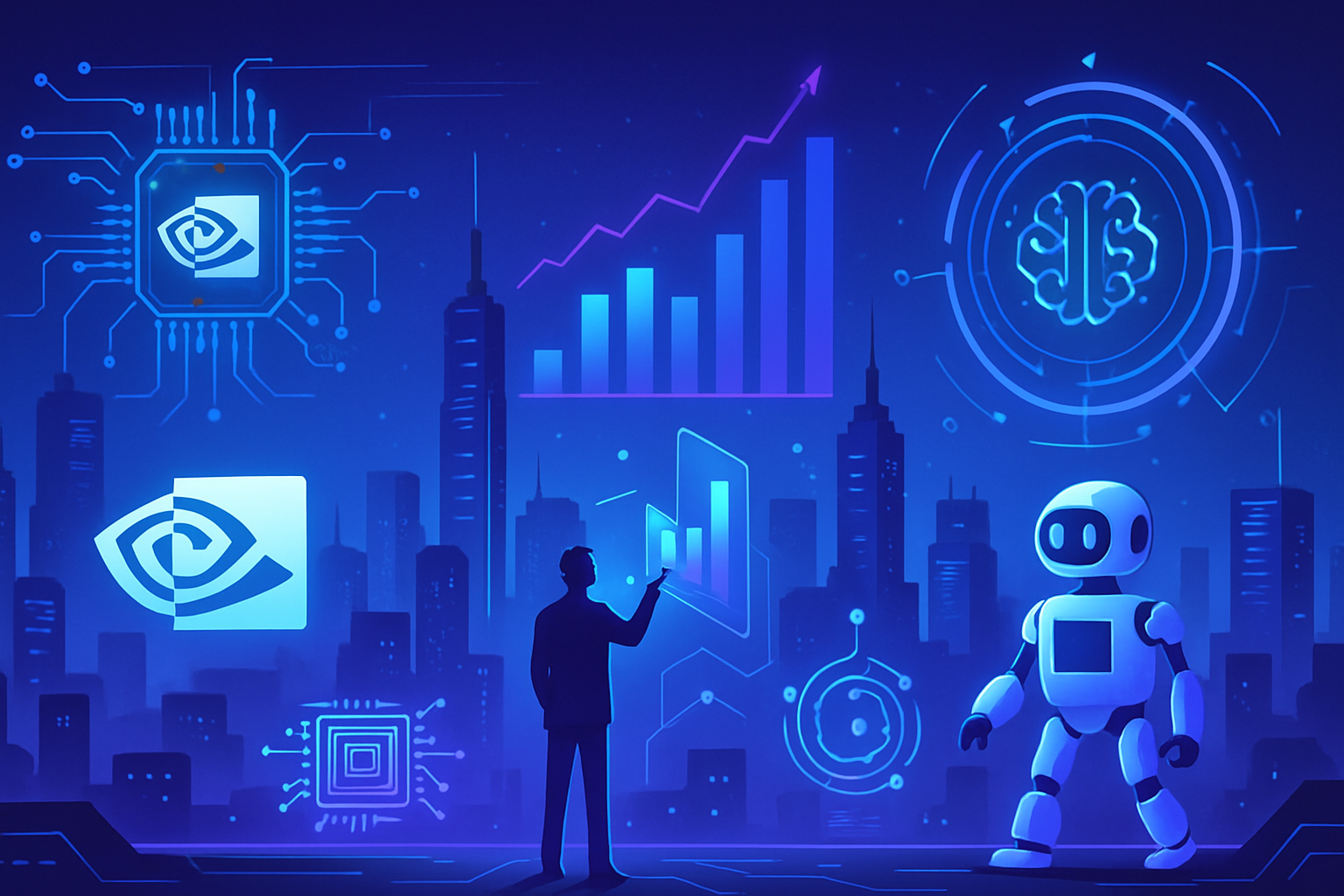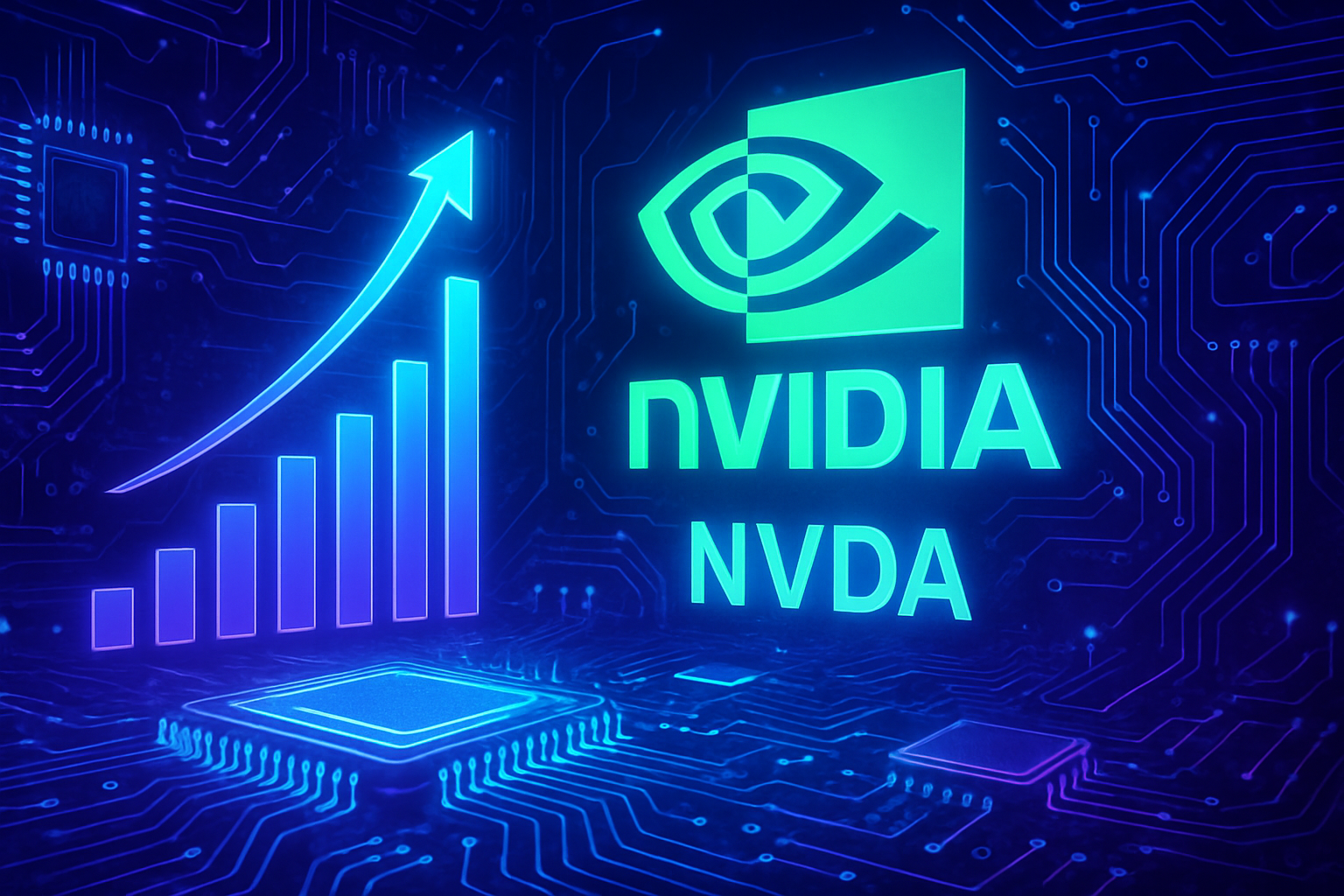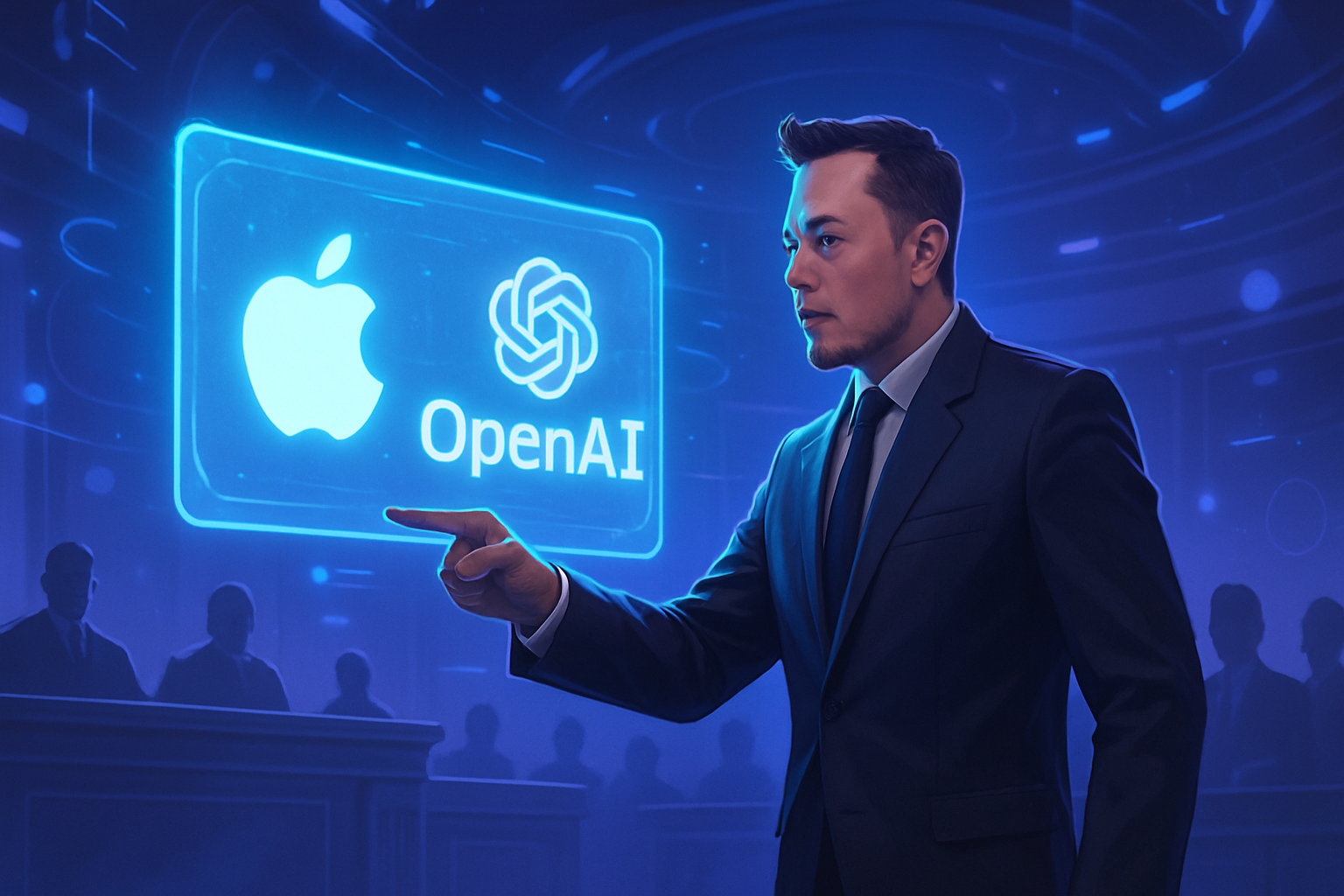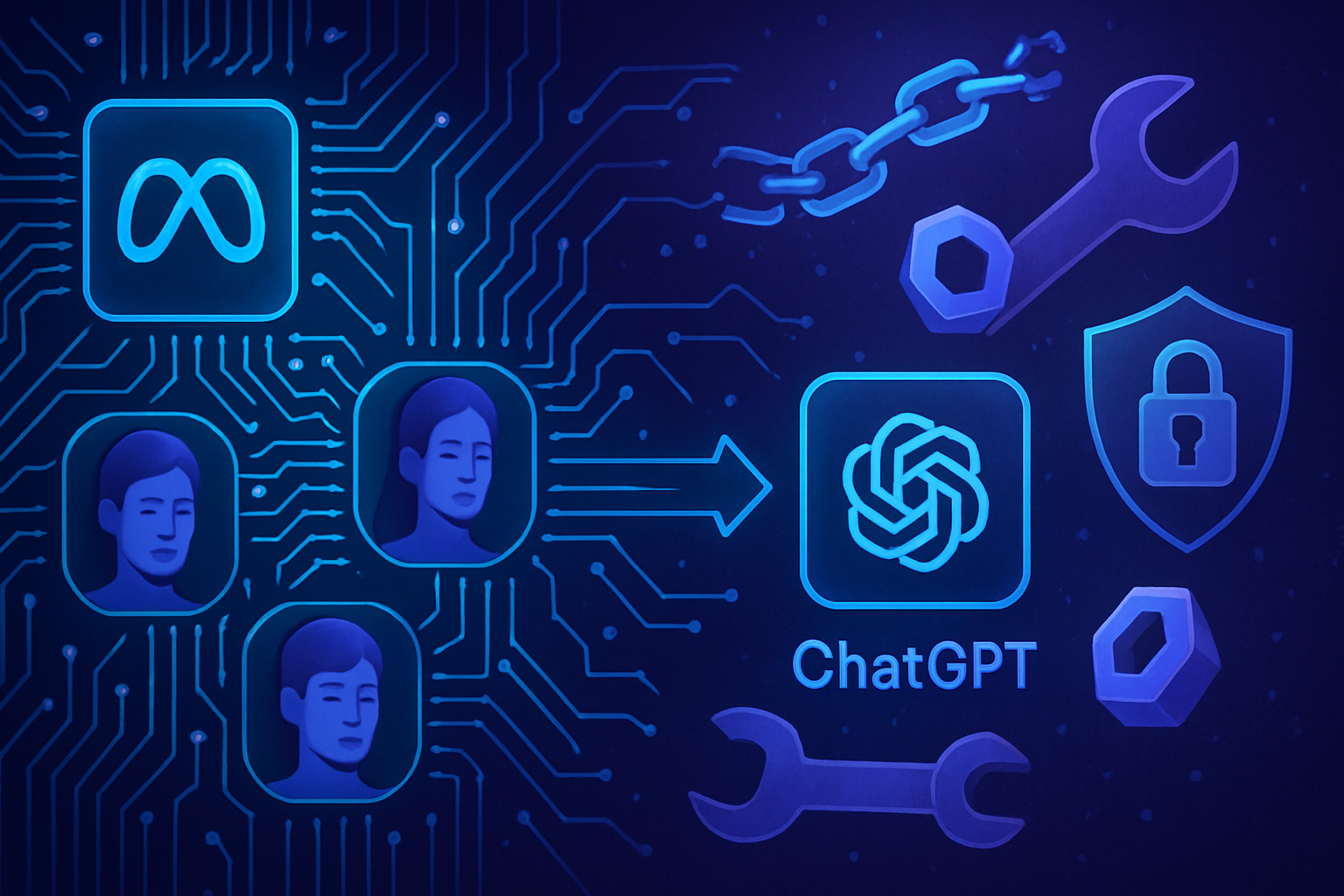The fusion of prediction techniques for the next word and video streaming is radically transforming computer vision. This technical advancement transcends current challenges by optimizing the interaction between humans and machines. Through a unique synergy, robots are becoming smarter and more responsive, aligning their understanding of language with streams of visual information.*
Integrating these two paradigms allows for an enriched interpretation of ambient stimuli. The capability of a system to simultaneously interpret verbal and visual data opens new perspectives for robotic assistance. This promising development shapes a future where artificial intelligence enhances the effectiveness of human-robot interactions.*
Research in this field crystallizes around various applications, ranging from human search by robots to leveraging behavioral analysis. The union of lexical prediction and visual analysis paves the way for unprecedented innovations in the technological sphere.
Fusion of Next Word Prediction and Video Streaming
The convergence of language prediction technologies and video streaming marks a significant advancement in the field of computer vision and robotics. This phenomenon emerges from the need to improve interactions between humans and machines through multimodal analysis. The recommended method allows neural networks to learn to anticipate the next word using a multitude of visual and auditory data, thereby optimizing interactions.
Applications in Computer Vision
Computer vision greatly benefits from the fusion of linguistic and visual information. By training models on video sequences, systems detect objects and understand context, facilitating scene analysis. This ability to interpret audiovisual data enables robots to act more appropriately and contextually in complex environments.
Progress in Robotics
This development has significant implications for assistive robotics. The integration of prediction mechanisms in robotic systems improves their ability to navigate, interact, and respond to user needs. For example, a robotic assistant may anticipate a person’s next action, providing proactive and tailored support.
Multimodal Fusion Techniques
Multimodal fusion techniques combine various streams of information, enhancing system understanding. This process involves the simultaneous analysis of visual and auditory data, allowing for an elevated level of interaction and response. Furthermore, pattern recognition plays a central role, assisting machines in distinguishing and classifying elements of their environment.
Challenges and Perspectives
Despite the advancements, challenges remain. The implementation of these technologies requires significant resources and sophisticated algorithms. Researchers are also questioning the ethical and security issues related to the use of AI in sensitive contexts. Mobilizing joint efforts, particularly with specialized laboratories, proves essential for overcoming these obstacles.
Impact on Human-Machine Interaction
The fusion of word prediction and video streaming transforms the approach to human-machine interaction. The user experience is enriched, making exchanges smoother and more intuitive. As these systems continue to evolve, developers are constantly innovating to integrate these advancements appropriately.
Recently Launched Innovations
New initiatives, such as the launch of Microsoft’s Copilot voice assistant, testify to this dynamic evolution. Users are experiencing new voice features, leveraging advancements in AI and machine learning. These innovations only strengthen the growing interest in the fusion of linguistic and visual technologies.
The trend is also moving towards the creation of privacy-respecting assistants. Projects like Leo from Brave fit into this framework, promising AI-based assistance solutions while preserving user data.
These constantly evolving technologies highlight the importance of keeping pace with the growing needs in AI, as discussed in a recent article on the rise of AI. Feedback and in-depth analysis of the field lead to continued improvement of systems.
Ongoing research on the fusion of next word prediction and video streaming promises a future rich in innovations. This sector is poised to act as a catalyst for further advancements in computer vision and robotics, propelling technology to new heights.
Frequently Asked Questions about the Fusion of Next Word Prediction and Video Streaming in Computer Vision and Robotics
What is the fusion of next word prediction and video streaming?
It is a method combining linguistic processing techniques, where a model predicts the next word in a sequence with video streaming capabilities, thus enhancing contextual understanding in computer vision.
How does the fusion of these two technologies impact robotics?
The fusion allows robots to better interpret their environments and improve their interaction with humans by considering both language and visual information in real time.
What is the importance of machine learning in this fusion?
Machine learning is essential as it allows models to adapt and learn from new data, continuously improving their accuracy in prediction and recognition.
What challenges are associated with this technology?
Challenges include managing large quantities of multimodal data, precisely aligning audio and visual information, as well as the need for robustness in varied environments.
Is this fusion applicable in specific fields like robotic assistance?
Yes, it is particularly promising for robotic assistance, where robots must understand both verbal instructions and dynamically interpret their visual environment to interact effectively with users.
How are neural networks used in this approach?
Neural networks are used to model and process complex data from both modalities, allowing them to learn relationships between text and videos.
What benefits can be expected from integrating this technology in surveillance systems?
Integration can enhance the detection of specific activities by combining textual analysis of communications and video surveillance, thereby strengthening security and efficiency of surveillance systems.
What types of videos can be used in the streaming systems associated with this fusion?
All types of videos can be used, including those captured in real time, pre-recorded videos, or even streams from surveillance cameras, providing great flexibility for applications.
How does this fusion influence the user experience in robotic interfaces?
It allows for a more natural and intuitive interaction, where users can communicate verbally while the robot simultaneously interprets visual elements, making the experience pleasant and efficient.
What are the future prospects for research in this field?
Prospects include advances in contextual understanding of interactions, the development of smarter robots capable of managing complex tasks, and the continuous improvement of learning model performances.
